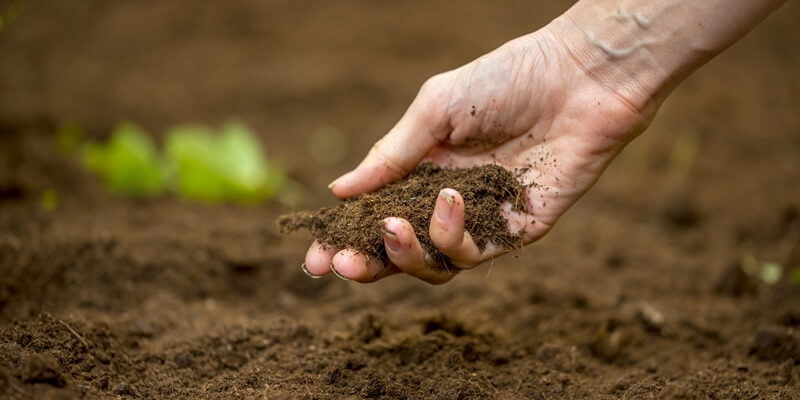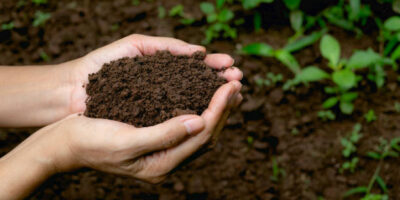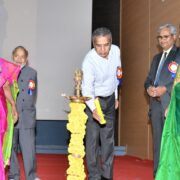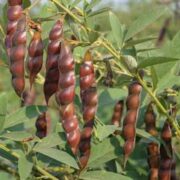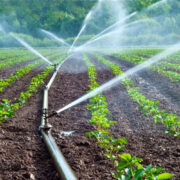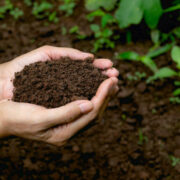Soil Management: Soil management encompasses number of strategies used by the farmers to protect the soil resources and includes appropriate soil preparation methods to increase soil fertility and to reduce soil erosion. The conservation practices to increase the soil fertility, soil porosity and nutrients availability in the soil
PHYSICAL PROPERTIES OF SOIL
The physical properties of soil include the
Soil texture: Arrangements of fine textured soil having the percentage of sand, silt and clay aggregate into different pattern and having greater surface area,CEC and better soil fertility than the coarse textured soil .
The soil has different size soil particles
Silt _ 0.02_ 0.002
Clay _ <0.002
Fine sand _0.2_ 0.02
Soil structure:
Soil structure refers to the arrangement of well aggregrated primary soil particles into certain different pattern.
Individual aggregate of soil known as peds or secondary units.
Soil plasticity and Cohesion:
The soil has the capacity to change the soil into different shape under the moist condition is known as plasticity
The soil having the capacity to attract the same the soil particles together these soil particles stick together is called cohension.
SOIL COLLOIDS
Thes soil colloids are made up of both the organic colloids (humus) and inorganic colloids( clay)
These soil colloids particles are most active soil particles.If the size of the soil particles is less than 1 micron they exhibit colloidal activity.
SOIL WATER
The surface tension of water is 72.7 dyne/cm² where as the specific heat of soil is 0.2 cal/ gm
The clay soil holds the more water than the sandy soils hence they are more productive type of soil
SOIL FERTILITY
Soil fertility refers to the inheritant capacity of the soil to supply the availability of nutrients to plants in an required amount and is suitable properties to maintain growth and development of the plants
The soil should have the organic matter which improves the soil fertility and soil texture.
The soil PH ranges from 6.0 _ 6.8 for most of the plants but some plants prefer acidic or alkaline condition.
The major nutrients of the plant are nitrogen, potassium, phosphorus, and also it contains insufficient minerals like cobalt,copper,iron ,zInc, molybdenum..
Factors affecting soil fertility
Natural factor or pedogenic factor:
These natural factor are those which influence the formation of soil by rocks and minerals these include
Parent material
Climate and vegetarian
Topography and age of soil can be known by these factor.
Edaphic factor or soil management factors
These method includes the management of soil practices and the Soil conditions that are concerned with the additional or removAl of nutrients in the soil.
Also Read: Pest Control Management Practices
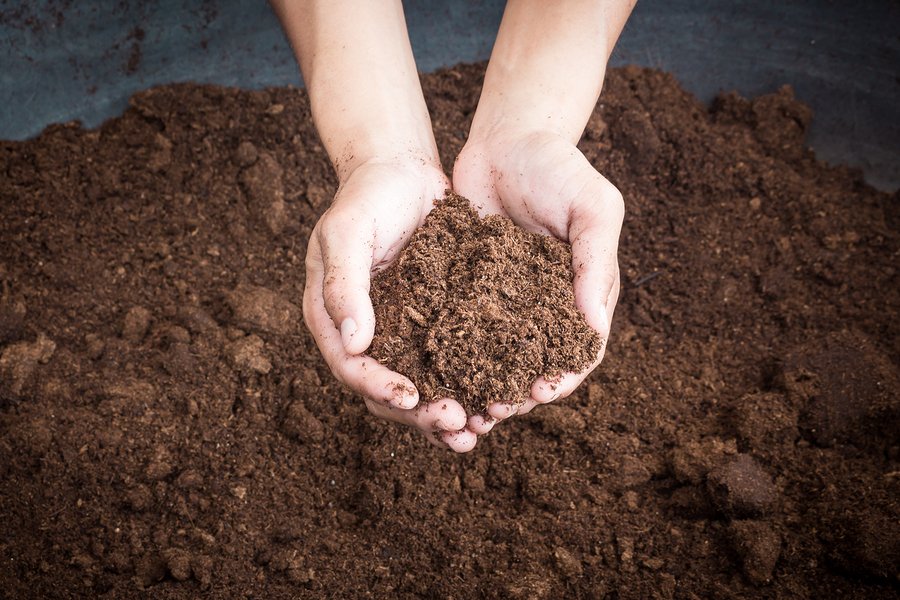
Soil Management
NUTRIENT AVAILABILITY OF SOIL
Plant nutrition refers to how plants use the chemical fertilizer for their growth and development of the palnt.Adding fertilzer under the unfavorable conditions will affe6 thd plant growth.
The nutrient are divided into 2 types
Macro nutrient: The macro nutrient are required large amount for the plants. These nutrient increase the PH of the soil
Micro nutrient: The micro nutrient are required in small amount.If the nutrient applied to this soil it promote the growth of the plant.
SOIL EROSION AND DEGRADATION
Soil erosion is defined as the removal of the upper layer of the soil through wind erosion,water erosion when upper layer of the soil is removed by erosion it affect the soil degratation due to the loss of the nutritients in the soil along with the soil this will affect the plant growth.
The soil degratation affect the soil productivity due to physical ,biological and biological properties.
The wind erosion occurs where wind velocity is very high it mainly occurs in arid and semi arid areas.
Soil testing/ Soil sampling collection
The soil test is determined for the availability of nutrients present in the soil and also to for the recommendation of fertilizer required for the soil
We have to select the one field for soil testing.And I from the selected field we have to select the difference places from the field.
The soil should not be digged where the sunlight not fall on the field because in the area the micro organisms nad the nutrient availability will be good because of shade area or not expose to sun.
From the four to five different places we have to dig the hole upto 1 cm depth with the tool ( spade) and it should be digged in the v shape manner so that the soil from the all side will be collected.
Later on the soil is collected in apolythene bag and the later it should divided into 4 equal parts and should be dried.
Later it should be sent to the soil test laboratories and the results come with in 2, 3 days .
Also Read: Irrigation System And Types Of Irrigation, Benefits Of Irrigation And Advantages And Disadvantages

